
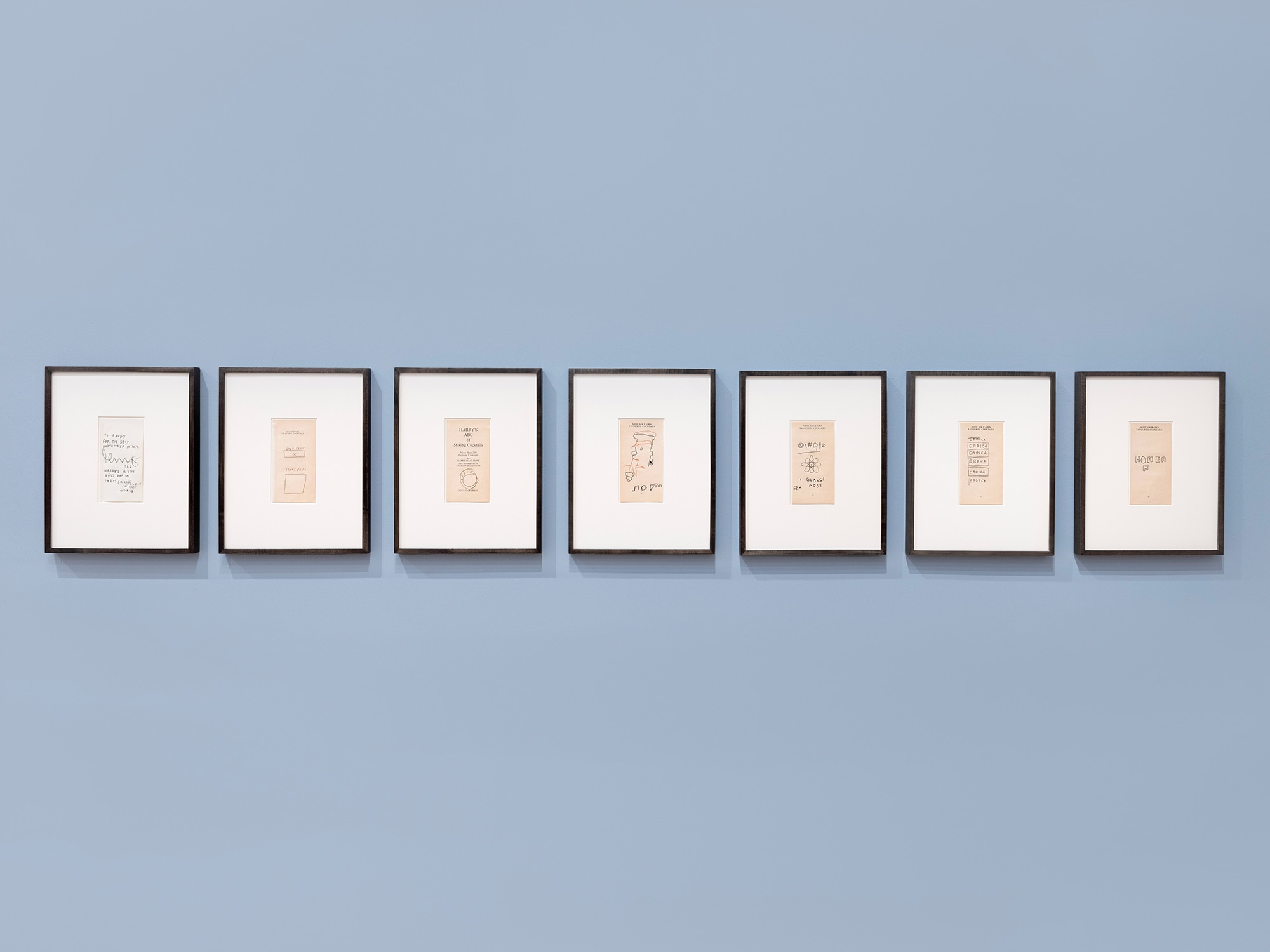
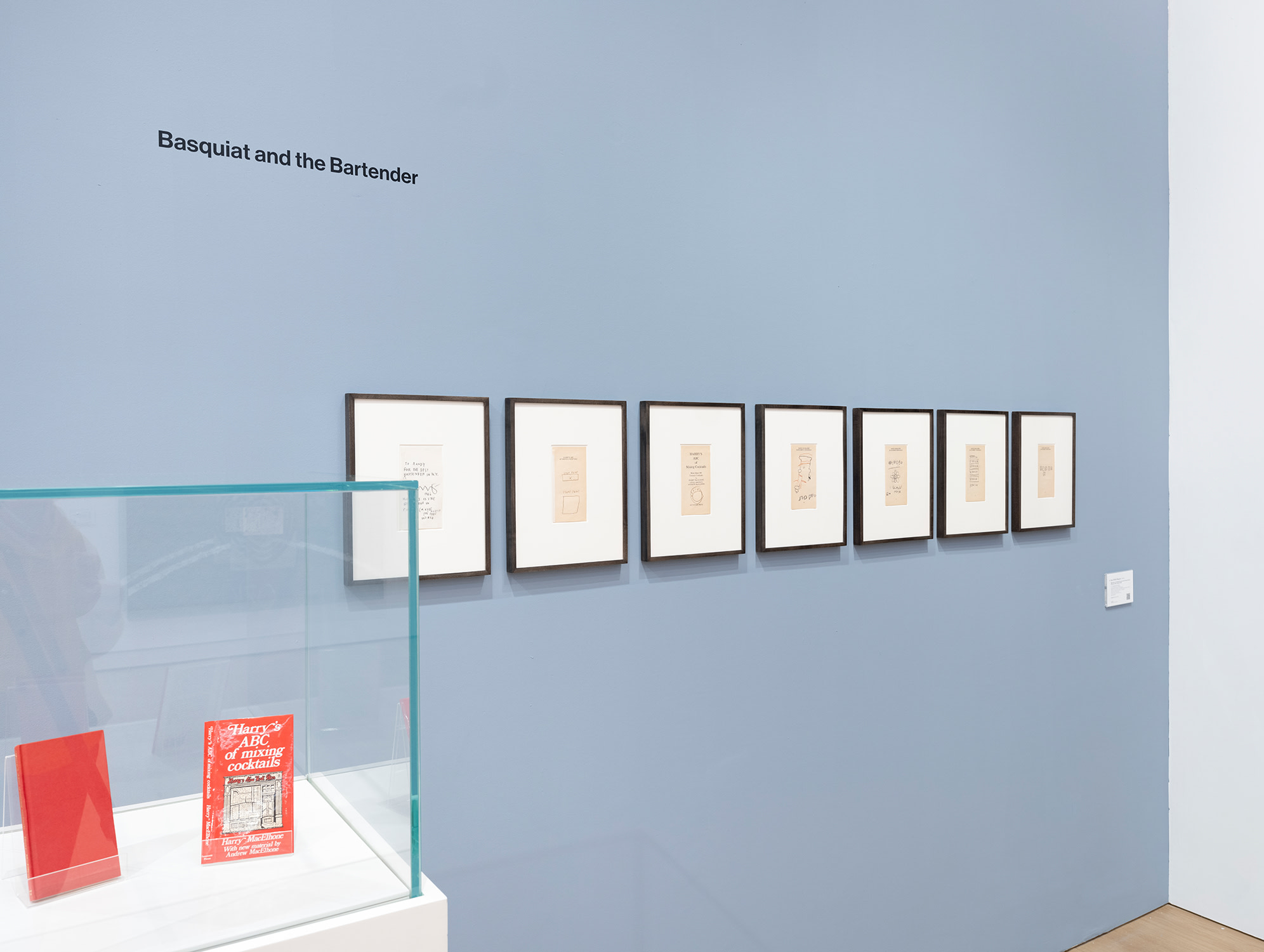
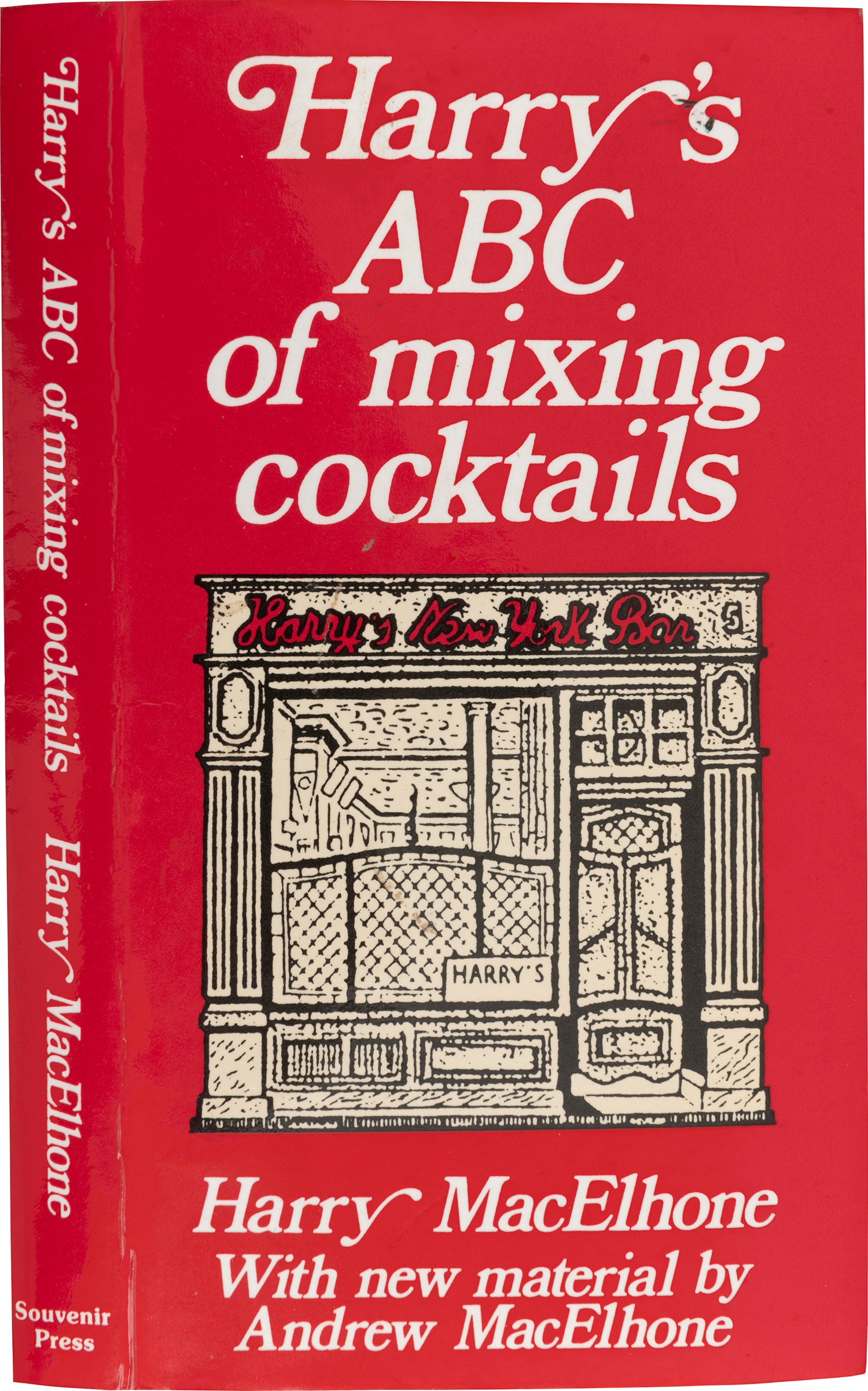
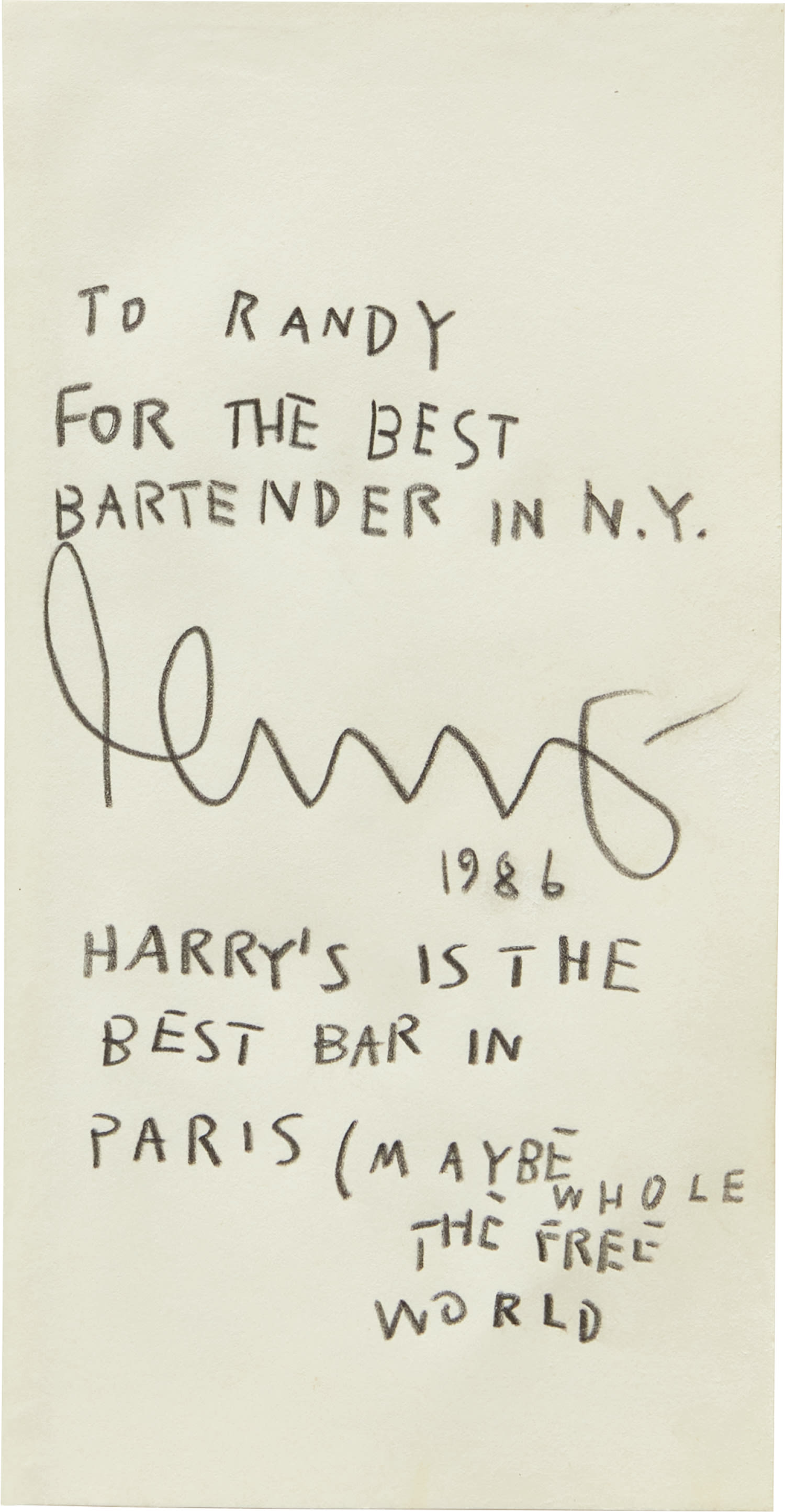
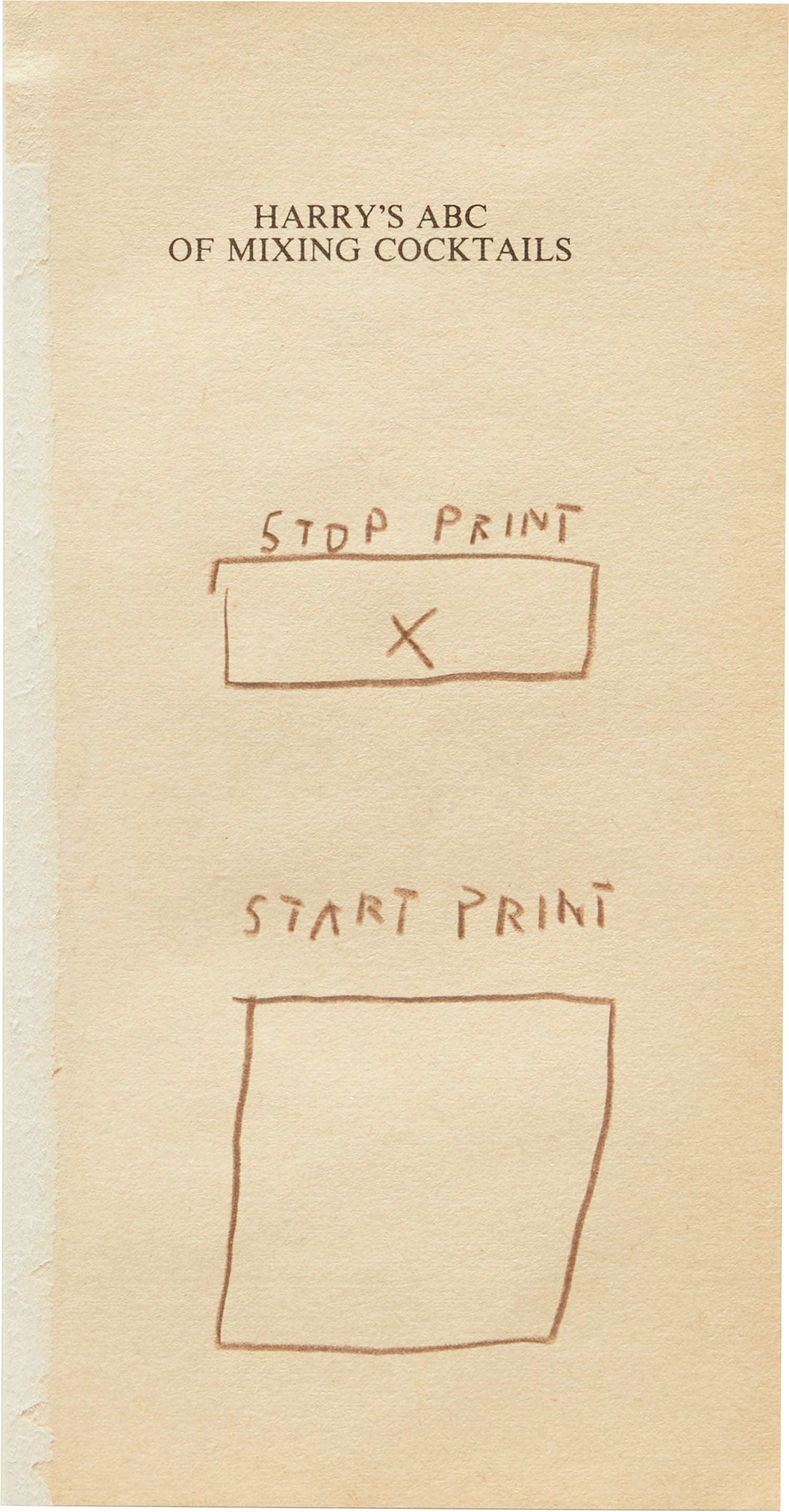
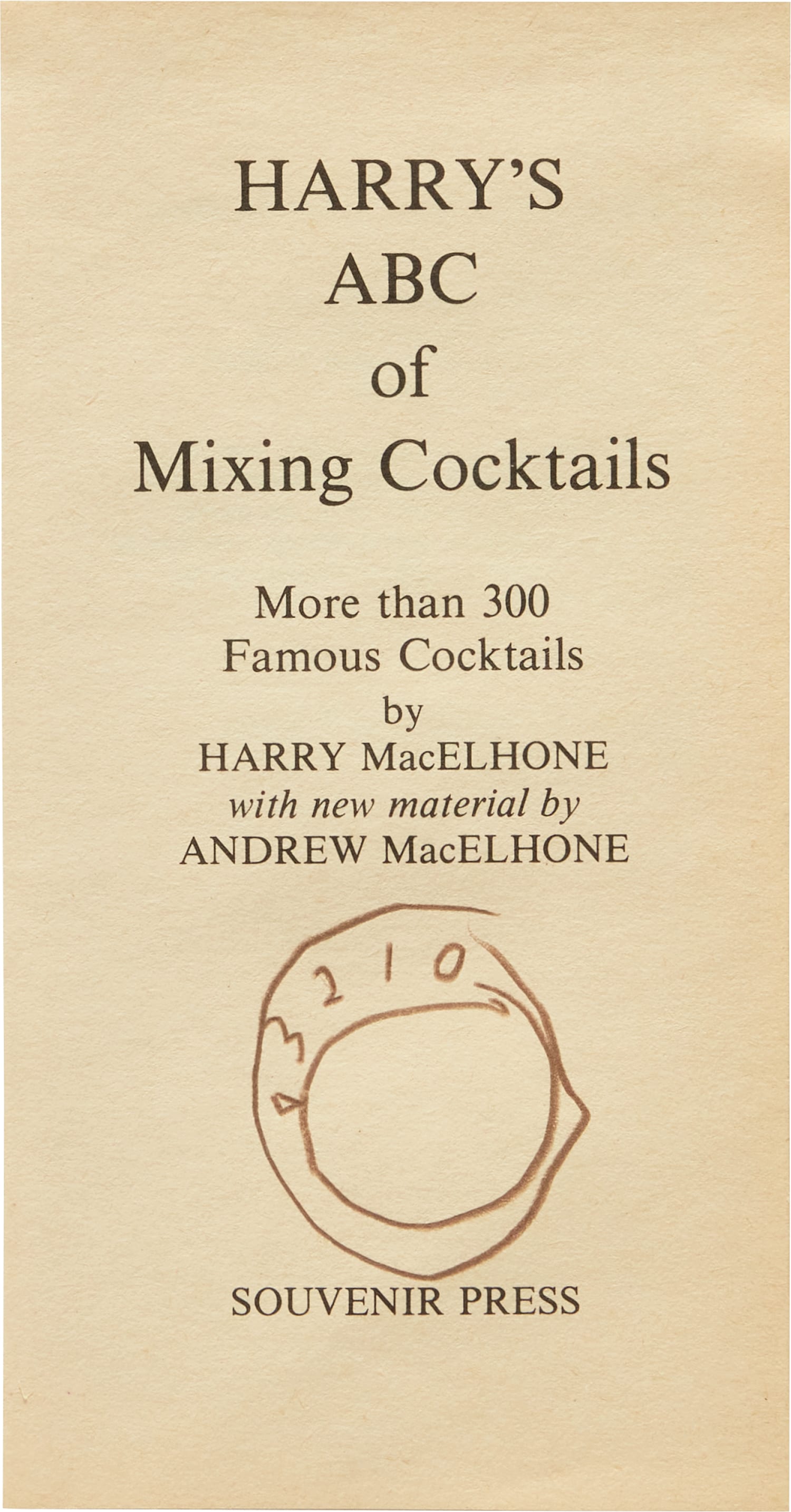
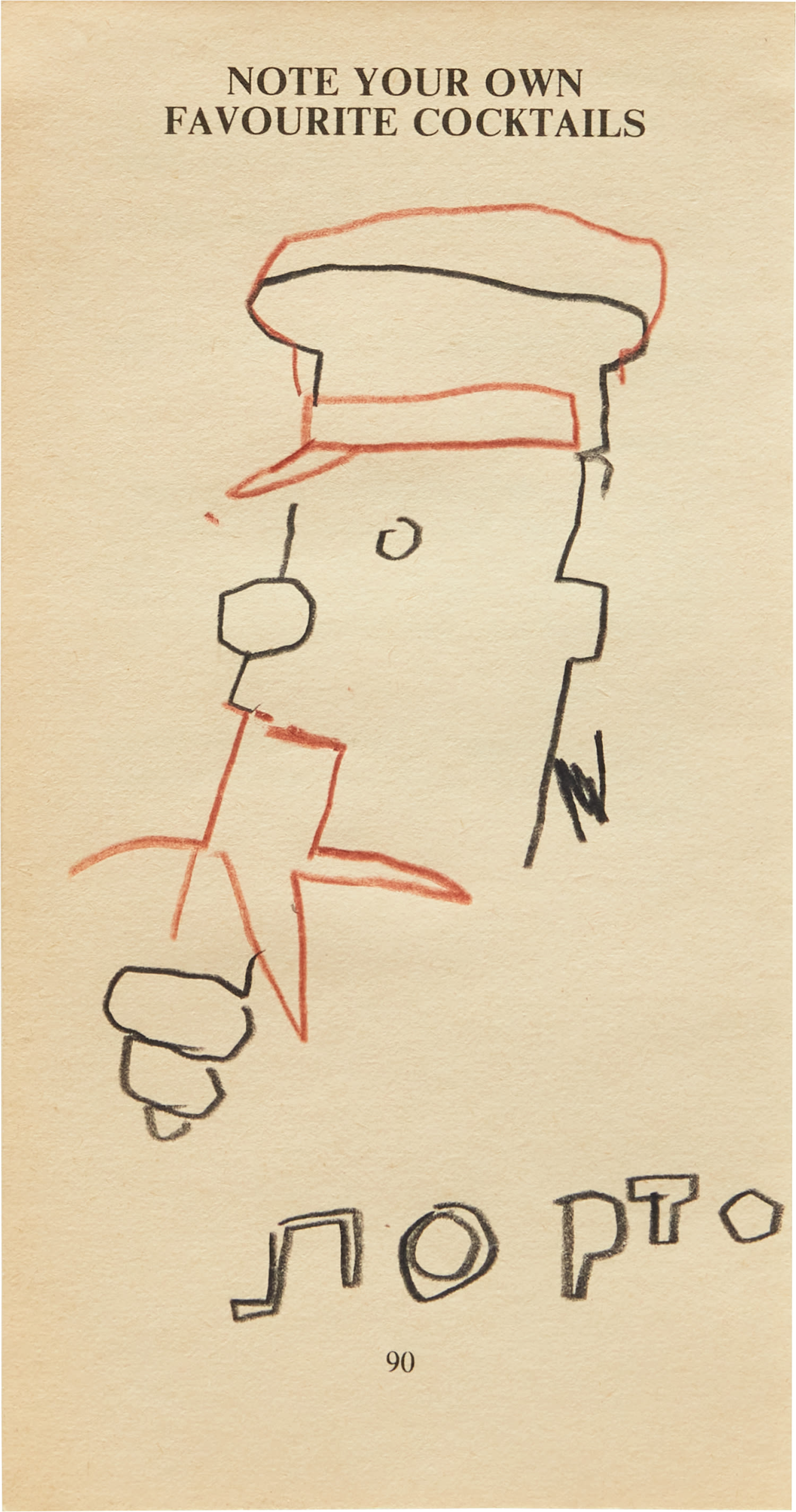

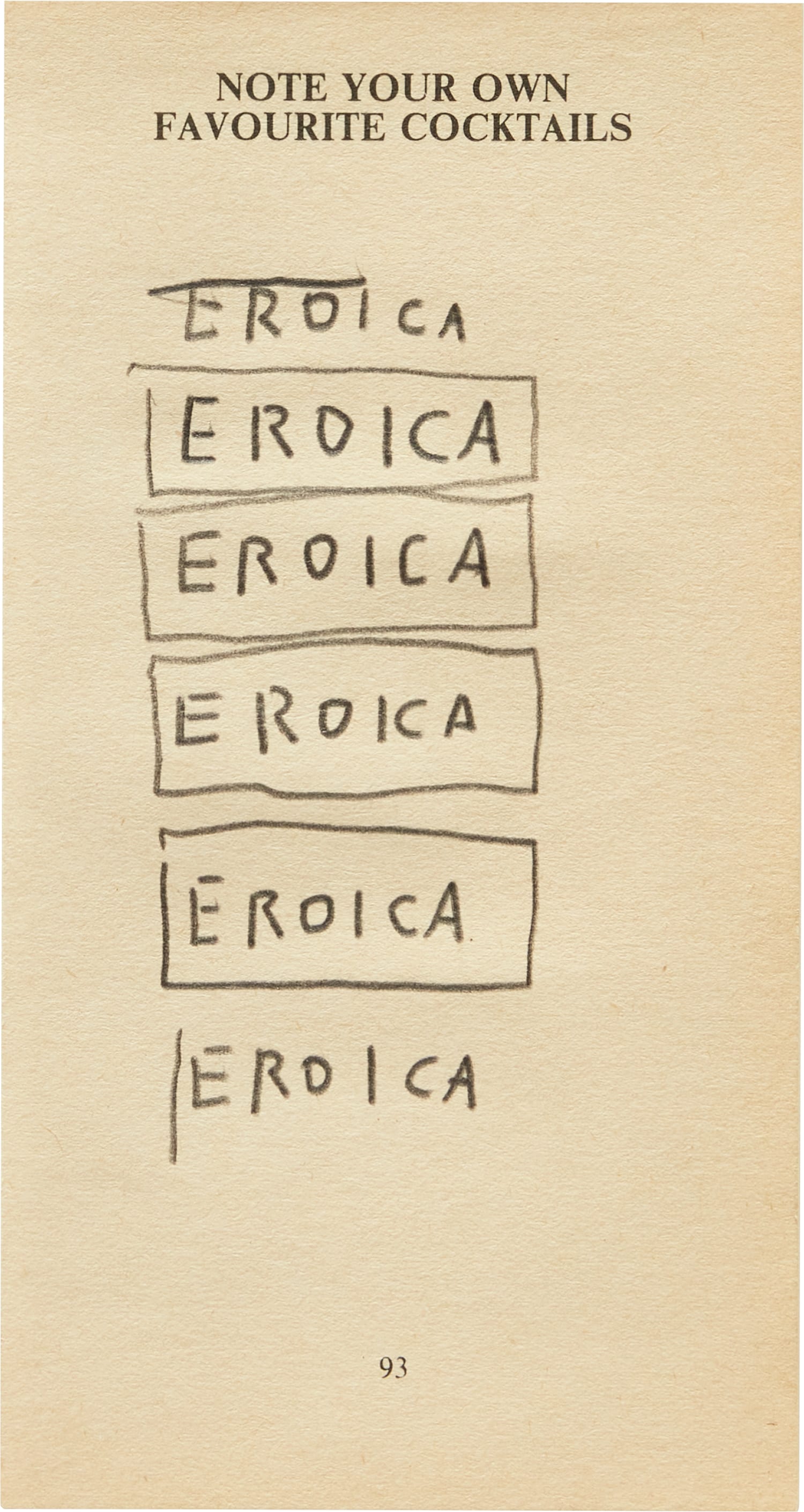
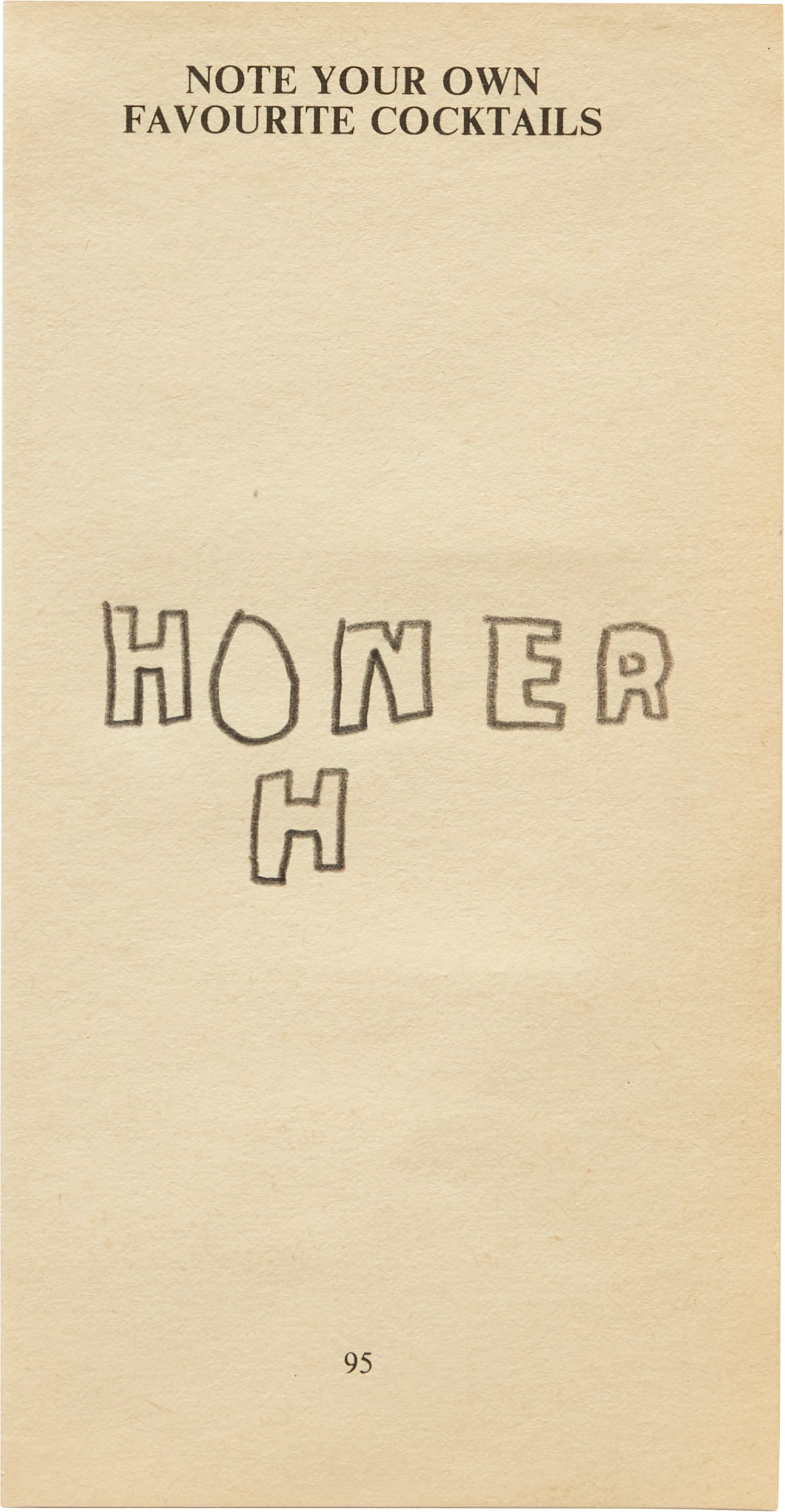











30
Jean-Michel Basquiat
八件作品:(i–vii)《無題–來自「哈利的雞尾酒調配入門」》;(viii)《哈利的雞尾酒調配入門》
(ii–iv) 彩色鉛筆 印刷紙本
(v) 彩色鉛筆 石墨 印刷紙本
(viii) 鉛筆 Harry MacElhone著《哈利的雞尾酒調配入門》第27頁,1986年
(viii) 6 1/2 x 3 1/2 x 5/8 英吋 (16.5 x 8.9 x 1.6 公分)
更多資訊
完整圖錄內容
Jean-Michel Basquiat
American | B. 1960 D. 1988One of the most famous American artists of all time, Jean-Michel Basquiat first gained notoriety as a subversive graffiti-artist and street poet in the late 1970s. Operating under the pseudonym SAMO, he emblazoned the abandoned walls of the city with his unique blend of enigmatic symbols, icons and aphorisms. A voracious autodidact, by 1980, at 22-years of age, Basquiat began to direct his extraordinary talent towards painting and drawing. His powerful works brilliantly captured the zeitgeist of the 1980s New York underground scene and catapulted Basquiat on a dizzying meteoric ascent to international stardom that would only be put to a halt by his untimely death in 1988.
Basquiat's iconoclastic oeuvre revolves around the human figure. Exploiting the creative potential of free association and past experience, he created deeply personal, often autobiographical, images by drawing liberally from such disparate fields as urban street culture, music, poetry, Christian iconography, African-American and Aztec cultural histories and a broad range of art historical sources.